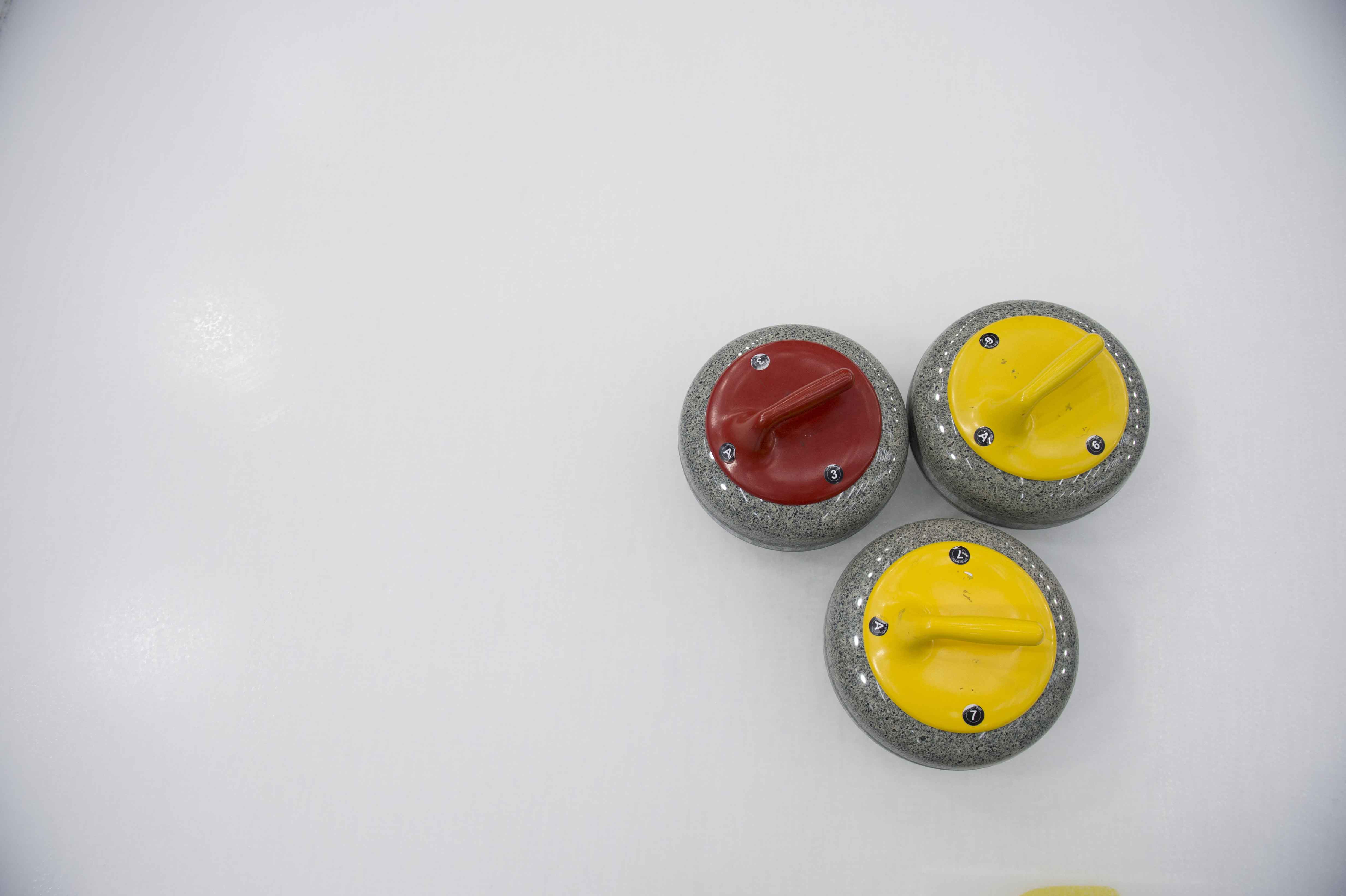
What equipment Do i nEED
What equipment do I need?
Curling, like every sport, requires the proper equipment to ensure comfort, safety and success. There are various levels of quality reflected by ranges in price.
Younger people learning the game should develop the feel of good equipment from the start, since many of them will become top-calibre curlers. Recreational curlers who curl only occasionally may consider purchasing less expensive equipment, keeping in mind that, in comparison with other sports, the difference in cost for top-line equipment versus second-line is slight. With better equipment, a curler will have greater enthusiasm and realize more enjoyment in curling.
It is important for a curler to have knowledge of the types of curling equipment available for purchase. Emphasis is placed on key items such as:
- selection of appropriate footwear
- correct surfacing of the sliding foot and grip foot
- selection of brushes or brooms
Curling has become a participation sport for the fashion-conscious. Most of the top competitive teams wear matching pants and sweaters or training suits, complete with names for identification. Many types of sweaters are available, all providing warmth and ease of movement. Many teams now wear colourful tops with matching slacks. The important thing is to wear clothes that are warm and comfortable and which allow ease of movement.
Pants
Pants made specifically for curling are of a stretch material that allows for easy movement during the delivery. Many teams now wear colourful tops with matching slacks. The important thing is to wear clothes that are warm and comfortable and which allow ease of movement.
Footwear
To be able to deliver a stone correctly, a curler requires a proper sliding show, one having a slick, low-friction material that covers the entire sole and heel.
Various types of slider materials are available. Some are made of hard, durable synthetic materials which are very “fast”; others are made of softer synthetic material which tend to be slightly “slower”. One example of such a material that has been popular for many years is Teflon plastic.
The sliding show should only be worn on the curling ice. Protectors should be placed over the slider to prevent damage to it while walking off the ice. Protectors are commercially available in various slip-on types. A very effective type of slider protector is one made in the form of a slip-on “gripper”. This type can double as a gripper for the non-sliding foot, or as a gripper for the sliding foot for those curlers who prefer to brush with grippers on both feet.
While a slider is essential, it is equally important to have the non-sliding foot equipped with a surface that will grip the ice well and ensure proper balance. Common types of grippers are soles made of a pebbled type of rubber or those made of a soft crepe-like rubber.
Gloves
The choice of curling gloves is important. Gloves provide warmth and protection for the hands during sweeping or brushing. For curlers who throw with the glove on it is necessary for the glove to fit snugly in order to retain the “feel” of the stone during delivery. The most popular type of curling gloves are made either of deer skin or calf skin. Calf skin gloves are less expensive than those of deer skin, but they are also less durable.
Brushes
Prior to the 1980s, the common sweeping device used in Canada was almost exclusively the corn broom, or a synthetic broom modelled after the corn type. The brush was rarely seen even though it was quite common in Europe. However, during the 1980s, the use of the brush increased dramatically, and is now used almost exclusively by Canadian curlers.
Most brushes are made with either hog hair or horse hair. Hog hair brushes are slightly more durable and higher in cost. Synthetic brushes are also available and are gaining in popularity. These are usually made with nylon fabric covering the brush head. Various adaptations to the “standard” brush, including different handle shapes, have been made by manufacturers in their attempts to make sweeping with a brush easier and more effective.
Curling Stones…but you don’t have to buy them!
Each side of a curling stone has a concave area commonly referred to as the cup. The edge of the cup is appropriately named the running surface, and it is this thin edge that actually contacts the ice.
An acceptable curling stone must be able to resist abrasion and be tough, dense, resilient, uniform in colour and non-absorbent. This latter quality is highly important because moisture penetrating a stone and then freezing will cause chipping or pitting of the surface of the stone. Granite from the British Isles satisfies the requirements better than any other so far discovered, and is used almost exclusively.
The running surface is not polished like the rest of the stone, but is comparatively rough. For curling to be played as we experience it, the running surface must never be allowed to wear smoother or to be damaged.
A dull grey band around the greatest circumference of the stone is the striking surface of the stone, and is designed to absorb the shock when one stone strikes another.


